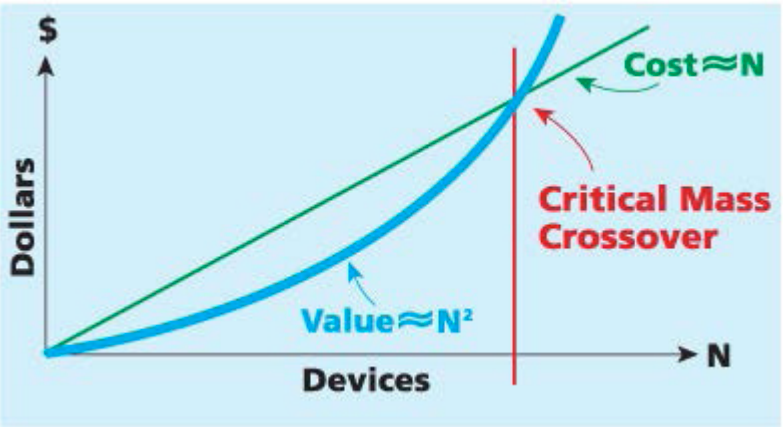Phase 1
- → Build IOS and Android App for Driver Network (Completed)
- → Complete monitoring center for last mile delivery (Completed)
- → Complete all GPS tracking and driver notifications. (Completed)
- → Complete partnerships with driver’s centers (Completed)
- → Complete block chain wallets for businesses for payment processing (Completed)
BUY Token Current Uses:
- → Used for staking tokens in order for Microdistribution centers to participate
- → Used for staking tokens in order for Delivery operators to participate
- → Used as rewards when a user recommends Buying.com to another service, and the former receives rewards in the form of tokens
- → As a form of payment in the Buying.com network specifically for shipping
- → As a form of payment to Microdistribution centers and Delivery operators for providing a service
Phase 2
The first e-commerce protocol that allows consumers to buy direct from manufacturers, wholesalers and distributors. It’s the next generation Decentralized E-Commerce platform that harness the power of distributed ledger technology along with innovations in Bulk Pricing. Real-time Logistics, E-Commerce and Cryptocurrency to use the token in the ecosystem for payment of products.
- → Decentralized Distribution to compete with Amazon and Walmart’s reach leveraging existing latent capacity of garage space similar to the Airbnb model.
- → DropShipper.com storefront technology that is superior to $17 Billion Shopify.
- → Direct to Consumer Technology that provides Buyers to group purchases together to meet Minimum Order Quantities to gain economies of scale—with advantages of Costco or Alibaba.
- → Built-in BUY Tokens Cryptocurrency with incentive schemes for Node operators to help scale the network
- → Delivery Network to match local delivery at the last mile with Uber-like capabilities for anyone to deliver goods.
- → Real-time Logistics Data: Manufacturers, Businesses, and Consumers will have seamless access to real-time shipping data to optimize drop shipping costs provided by a permissionless, public blockchain—more transparent than FedEx.
- → We combine the best of blockchains to offer customers a digital ledger that offers a fraud-proof solution and auto-verifies transactions for a tamper-proof, secure, immutable audit trail.
- → Integrated back office e-commerce processing technology.(Snapforce.com)
Federated Byzantine Agreement
The primary consensus algorithm used is the Federated Byzantine Agreement, as exemplified in the payment of dividends or staking by nodes. For node staking, the node operator will be a Microdistribution center or a Delivery operator, and they will be allowed to store or carry goods commensurate with their stakes. In other words, if Microdistribution center A stakes 50,000 tokens but Microdistribution center B only stakes 10000 tokens, then the former will be allowed to store 5x (five times) the value of merchandise compared with the latter
When packages are delivered to a buyer, if the package requires a delivery signature, that signature would be captured over the Buying.com mobile application for Delivery Partners. This Proof signature can be verified by the Buyer in a dispute over a mobile app. Without a signature when one is required, a transaction will not be approved.
Metcalfe’s Law

The Buying.com network with its Direct-to-Consumer approach in being able to aggregate purchases is akin to growing a network of users. The larger the population of buyers, the better the chances of fulfilling an MOQ deal opportunity. But how does one model the value of the Buying.com network?
For this, we can invoke Metcalfe’s Law,11 which states that the value of a network is proportional to the square of the number of connected users of the system (n2).

